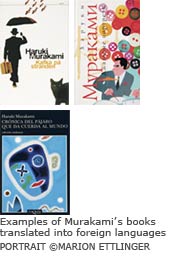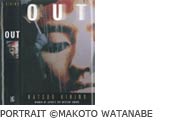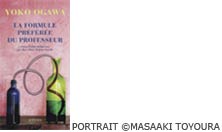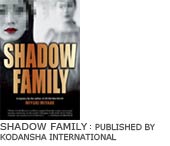Haruki Murakami
Globalisation can undermine identity, resulting in a sense of emptiness and loss. Haruki Murakami°«s novels, written in a dry style, portray this kind of contemporary society. Murakami was at university during the student activism of the late 1960s, and so is familiar with the succeeding period during which spiritual emptiness was pervasive. His works, which sometimes draw on the techniques of fable and science fiction, portray the difficulty of finding satisfaction in the business of living and the consequent need for kindness. Amongst his main works are Norwegian Wood (1987), The Wind-up Bird Chronicle (1994) and Kafka on the Shore (2002).
|
|
 |
Natsuo Kirino
Natsuo Kirino, who won an international reputation with OUT (1997), writes in a broad range of genre-transcending areas. Recent works include Grotesque (2003).
|
|
 |
Yoko Ogawa
Yoko Ogawa°«s novels typically deal with everyday life. However, she struck out in her own direction with her 2004 masterpiece The Professor°«s Favourite Formula (translation of Japanese title; to be published in English by the end of 2007), Japan°«s first literary work fusing literature with mathematics.
|
|
 |
Miyuki Miyabe
Miyuki Miyabe is a popular science fiction, mystery and period novelist. Released in 2001, Mohohan (The Copycat) is a major mystery work with a meticulously crafted plot treating various aspects of contemporary life. Other works include Crossfire (1998) and Shadow Family (2001).
|
|
 |
Copyright 2007 - Ministry of Foreign Affairs, Japan |
|
|
 |
 |
 |

